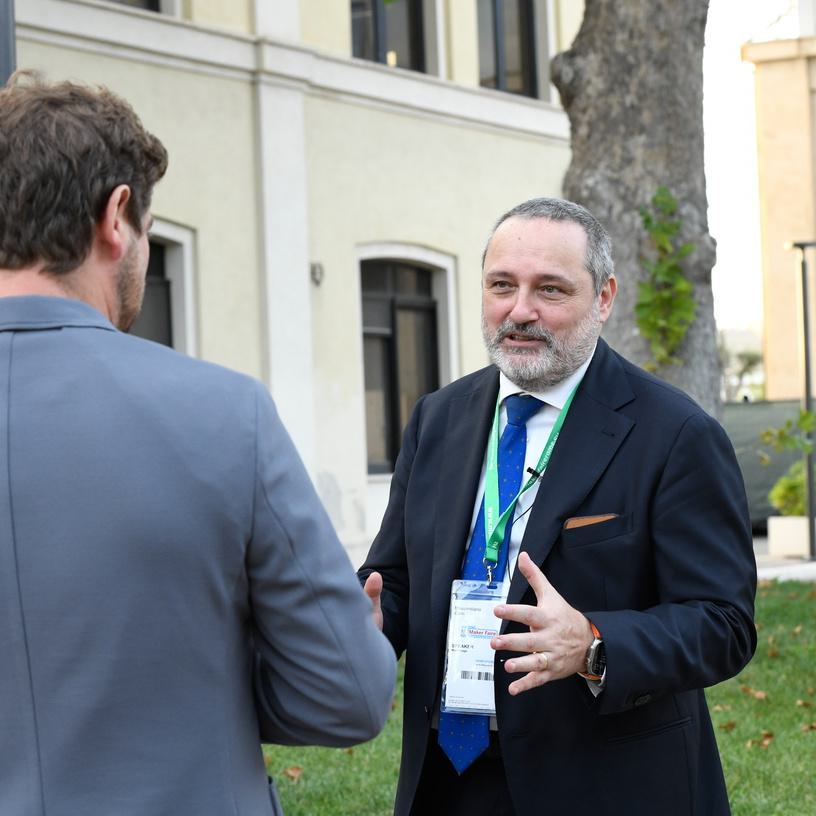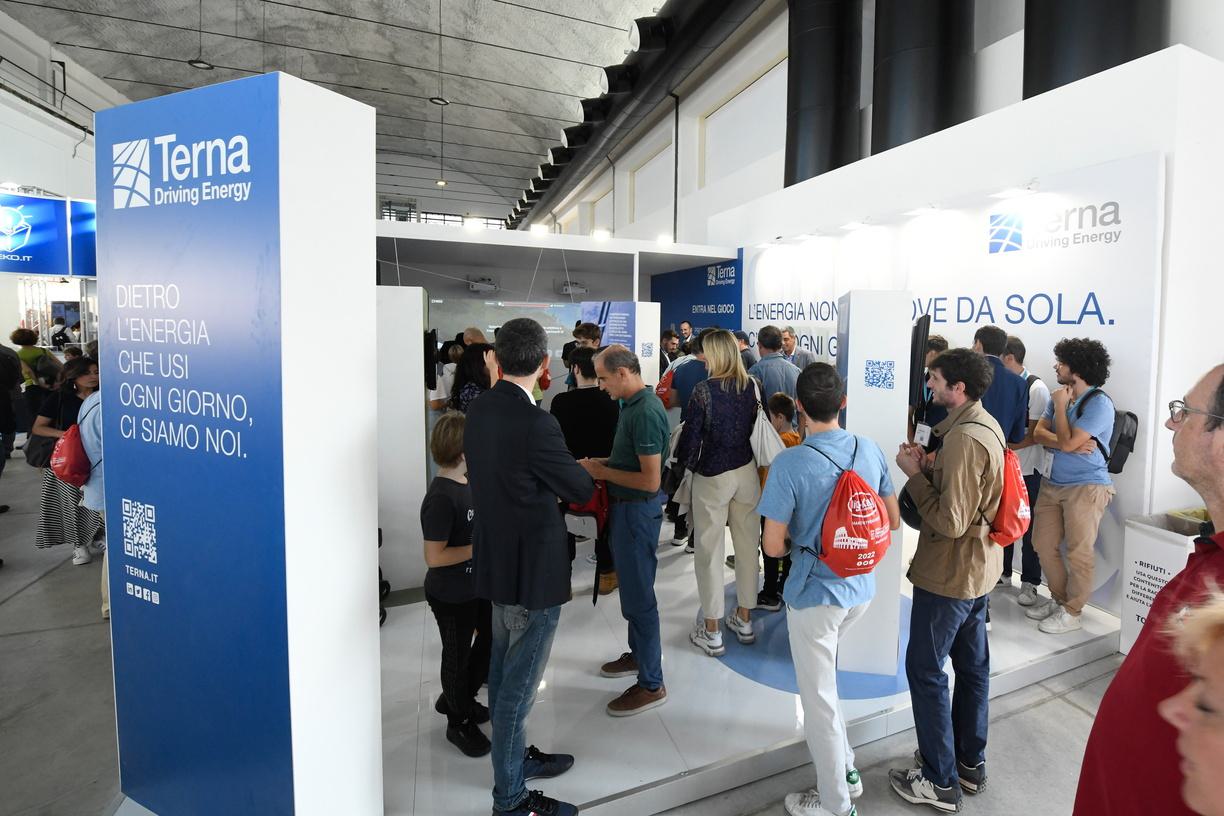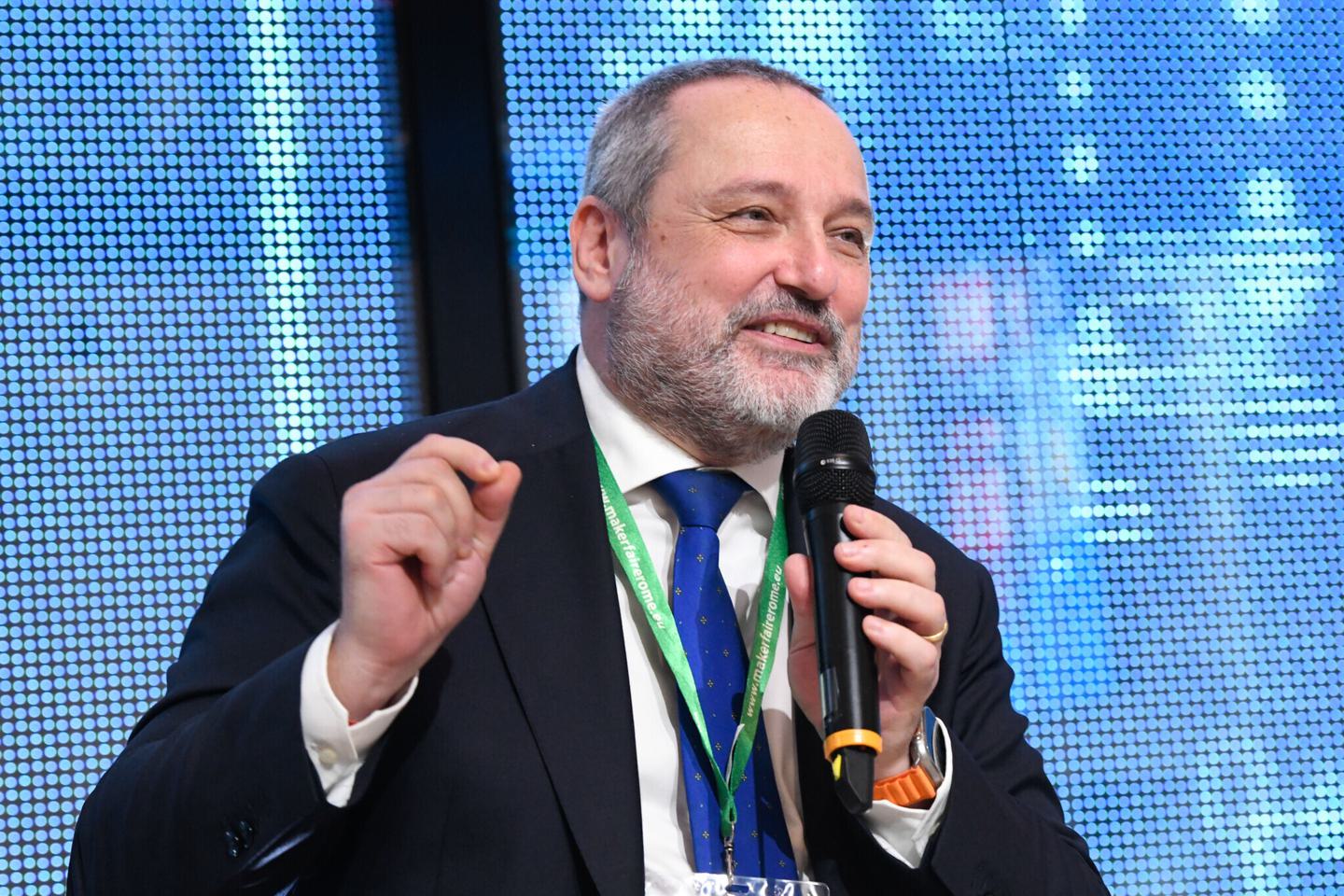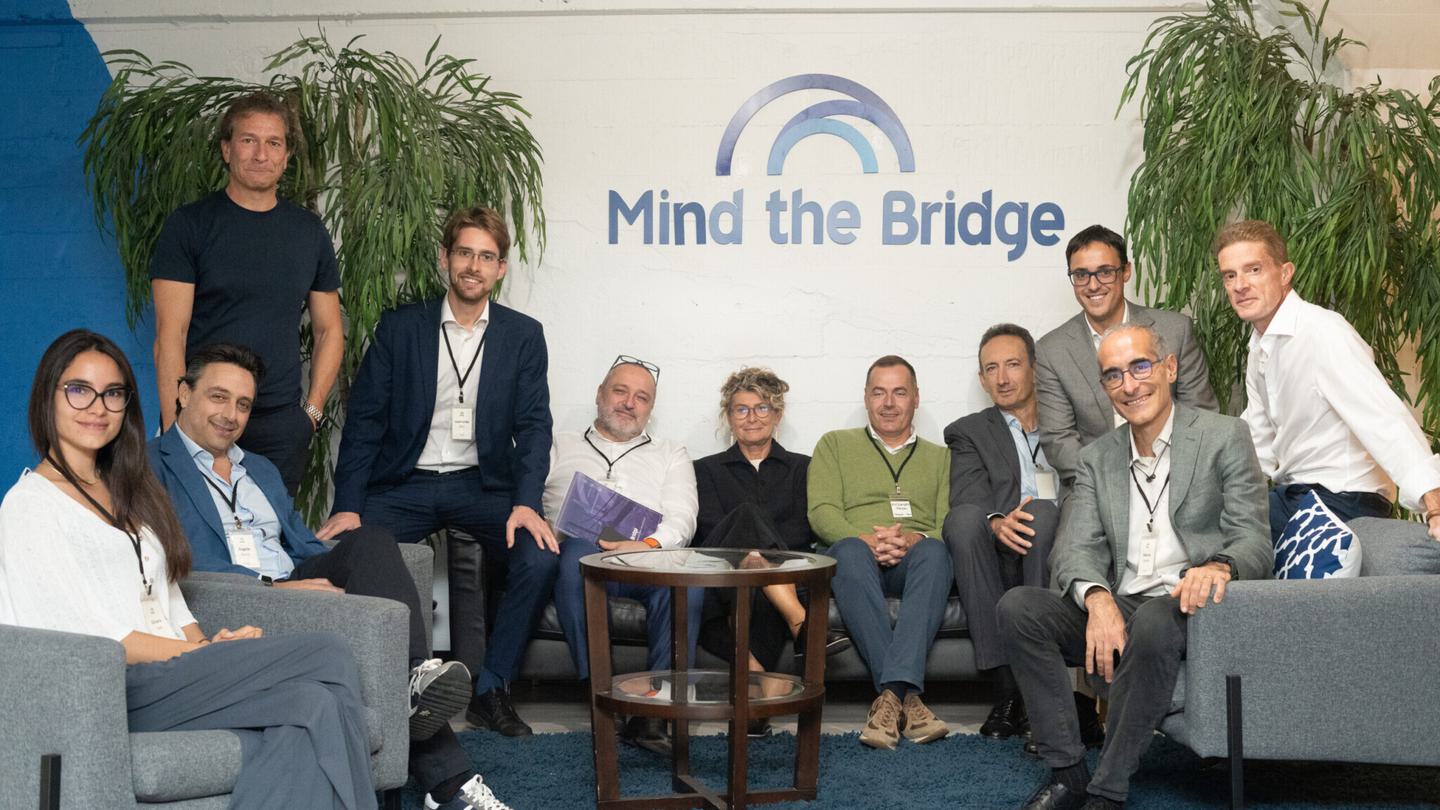The world is facing a daunting challenge. And the only way to overcome it is to accelerate the ecological and digital transition by setting our sights on technology and innovation. «This is why Terna has devoted around € 1.2 billion of investments, out of the total € 10 billion of the 2021-2025 “Driving Energy” Business Plan, to digitalisation and innovation», explains Massimiliano Garri, Head of Innovation & Market Solutions at Terna. We caught up with him to discuss the projects being developed by Italy's national grid operator that centre on innovation, as well as the "special" autumn season that has just drawn to a close. It was an autumn in which temperatures soared well above the historical averages and which saw Terna engaged in major events such as Smau, Maker Faire and a special mission in Silicon Valley. The activities had a common goal: to increase the efficiency, resilience and security of the grid.

Terna’s Head of Innovation and Market Solutions takes stock of the last season marked with awards, international trade fairs and a special mission to Silicon Valley. Yet it is the new projects that signal that the cultural shift undertaken by the company is now an irreversible process.
Italy is engaged in the ecological and digital transition process, and in this context innovation is essential to achieving the challenging goals that the country has set itself. What does innovation mean for Terna?
«Rather than considering innovation in its strictest sense, we should look at the path towards our innovation objectives. The first goal is to transform innovation into a service that is accessible to all. We always emphasise that innovation is not driven by individuals, but by the entire company. There will never be one person doing the innovating and other people waiting for someone else to develop it. The function of innovation within a company must be to create the culture, approaches and services necessary to drive innovation. Today, innovating means creating a systemic approach that is open to external collaboration from fields other than your own. This "open innovation" approach now represents a crucial aspect».

WHEN IT COMES TO INNOVATION, TERNA HAS HAD A BUSY FEW MONTHS. IN THE COURSE OF JUST A FEW MONTHS YOU ATTENDED MAKER FAIRE IN ROME, SMAU IN MILAN, AND EVEN WENT TO THE SCALEUP SUMMIT ORGANISED BY MIND THE BRIDGE IN SILICON VALLEY. CAN WE HAVE A ROUND-UP OF THE MAIN TRENDS AND ISSUES THAT YOU ENCOUNTERED ON YOUR “AUTUMN TOUR”?
«The concept of innovation data service that we just mentioned is what took us to Smau and earned us recognition for our approach, for our attempt to enable the corporate sector to innovate. It was an important step because it allowed us to spend a year and a half working alongside colleagues from different departments. Maker Faire also falls into the scope of our integrated approach to innovation. The event helped us to communicate and explain what we're doing. I'm a gamer, a nerd (laughs, Ed.). So I had an idea: let’s use a videogame to demonstrate what Terna does. At Maker Faire we presented a game aimed at young people that went down really well. The players had fun and were challenged to see who could get the highest score and, while they played, thanks to a totally new language and way of communicating, they learnt something about Terna in the process. They played and explored the issues that we’re working on. And I have to say that younger people were also the best at understanding straight away that to increase their score they had to focus more on renewables rather than fossil fuels. Adults found this harder. Just like in real life».

THE THIRD STEP WAS THE MISSION IN SILICON VALLEY...
«Once again, the trip to California was focused on delivering a service to customers. We organised it to help our colleagues in different departments to understand what innovation means in a world that is completely different from our own. For example, over there, it's the corporations that have to convince start-ups to engage with them, not the other way round. To get them to come and talk to us, we had to convince them of the worth of the project that Terna is pursuing».
IT’S THE EXACT OPPOSITE OF WHAT HAPPENS IN ITALY...
«Exactly. For people coming from Italy, it’s an entirely new approach. This is also because you have to understand that in Silicon Valley start-ups measure time in quarter-hours. We measure it in years. Their lifespan is two years, then they either move on to the next stage or they fail. It’s very different for us, we work in years. We encountered a very different world to our own and managed to explore very interesting topics: nuclear fusion, experience-based training, cable production using innovative technologies. We talked with start-ups that are dealing with artificial intelligence and consumption data forecasting. All of this helped to identify potential collaborations. It’s no coincidence that we’re in contact with three start-ups that we found particularly interesting, and we hope to be able to work with them to develop certain topics that are important to us. We also used the trip to visit Stanford University, visiting a colleague who is overseeing a research project on the energy transition that Terna is developing in collaboration with the prestigious institution. Terna also has someone working in San Francisco, Oriana Calò, who takes care of local relations with the innovation ecosystem, as well as institutional relations with the consulate or InnovaIt».

HOW DOES YOUR INNOVATION PLAN FIT INTO ALL OF THIS?
«Terna has devoted around € 1.2 billion of investments, out of the total € 10 billion of the 2021-2025 “Driving Energy” Business Plan, to digitalisation and innovation. It is a major commitment that the company has undertake for two fundamental reasons. The first is simple: the digitalisation and innovation of our network need technological innovation, otherwise we miss the chance to improve and increase our efficiency for the same amount of investment. Leveraging technology means working better and less, reducing risks for workers, and guaranteeing more quality. We simply can't achieve the challenging objectives we’ve set ourselves without digitalisation and technology. The other reason is the cultural change that the company wants to promote: innovation should lead to the development of new working methods, new models of collaboration, new ways of managing our activities. Putting our trust in innovation and robotics is the only way to accelerate the development of our business. Let me give you an example: Terna organised the “Driving Energy” photography exhibition which was made available in the metaverse. Stepping into this world and meeting the avatars of the people who were admiring the exhibition alongside me in a virtual space was wonderful. It was a unique opportunity to understand how these new languages can help us to grow».

WHAT ARE THE LATEST PROJECTS AND INITIATIVES?
«I'll name the two most recent ones in terms of chronology, because they are also very exciting and are still directed towards this cultural journey. Just a few days ago the creation of Terna Forward was announced, a new company devoted to technological innovation funded by corporate venture capital, with a startup capital of € 50 million. It is a “special purpose vehicle” that will enable us to invest in start-ups and small, medium and large businesses with high potential for innovation and growth. Meanwhile, the pitch day of the second edition of Terna Ideas was held on 13 December. This is our corporate entrepreneurship programme and is extremely rewarding, both in terms of the quality of the ideas presented and the level of participation: this year there were 250 entrants! The best ideas will now have the opportunity to become concrete projects, accessing an integrated acceleration pathway in the innovation processes, creating value for the company and not only for the company. In fact, for 2023 we have decided to take a step forward, launching a new Terna Ideas platform, open also to innovative start-ups and SMEs, a change that will make it possible for us to involve increasing numbers of Italian technological businesses and further strengthen our open innovation approach for the energy transition, of which we are the main enablers».